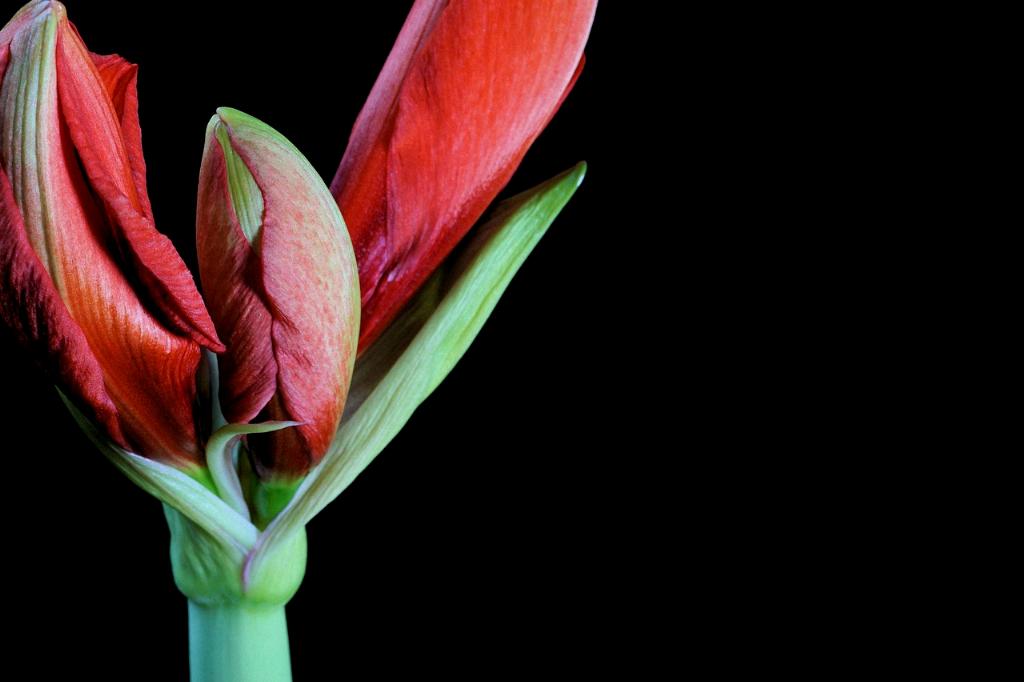So, your beautiful amaryllis has finished blooming, and you’re wondering what steps to take next to ensure its continued health and possibly even another round of gorgeous blooms in the future. Here are some essential tips to guide you on post-blooming care for your amaryllis plant.
1. Post-Blooming Environment
After the flowering period has ended, relocate your amaryllis to a bright indoor spot where it can continue to receive ample sunlight. Ideally, place it in a location with southern exposure to ensure it gets the necessary light it needs to thrive.
2. Watering Routine
Continue to water your amaryllis regularly post-blooming, ensuring that the soil remains lightly moist but not soggy. Adjust your watering frequency based on the environmental conditions and the plant’s specific moisture needs.
3. Fertilization Schedule
To support your amaryllis’s post-blooming growth and encourage future flowering, fertilize it monthly with a balanced, all-purpose houseplant or indoor plant fertilizer. Follow the instructions provided on the fertilizer label to avoid over-fertilization.
4. Pruning Dead Flowers
As the blooms fade and wilt, deadhead the flowers by gently removing them from the stem. This process not only tidies up the plant’s appearance but also directs its energy back into bulb growth and development.
5. Maintaining Temperature
Ensure that your amaryllis is kept in a stable temperature environment post-blooming. Avoid exposing it to extreme temperature fluctuations, as this can negatively impact the plant’s overall health and growth.
6. Managing Light Exposure
While your amaryllis requires bright light for growth post-blooming, be cautious about exposing it to direct sunlight during the hottest parts of the day, as this can lead to leaf scorching. Filtered light or partial shade may be beneficial in such instances.
7. Repotting Considerations
If your amaryllis has outgrown its current container or the soil has become compacted over time, consider repotting the bulb post-blooming. Choose a slightly larger pot with well-draining soil to accommodate the plant’s growth.
8. Dormancy Period
After the blooming season, your amaryllis may enter a period of dormancy where its leaves naturally yellow and wither. During this phase, reduce watering frequency and allow the plant to rest before initiating new growth through proper care practices.
9. Pest Prevention
Monitor your amaryllis for any signs of pest infestations post-blooming, such as spider mites or aphids. Employ preventive measures like regular inspection and gentle washing to deter pests and maintain your plant’s health.
10. Reblooming Preparation
If you wish to encourage your amaryllis to bloom again in the future, focus on providing consistent care during its post-blooming phase. With proper attention to watering, fertilization, and environmental conditions, you can optimize the chances of a successful reblooming cycle.
11. Patience and Observation
Remember that nurturing a healthy amaryllis post-blooming requires patience and attentive observation. Take note of any changes in the plant’s appearance, growth patterns, or overall condition, and adjust your care routine accordingly.
12. Enjoying the Process
Above all, savor the experience of caring for your amaryllis after it blooms. Witnessing its growth, resilience, and eventual flowering brings joy and satisfaction, making the effort invested in post-blooming care truly rewarding.

